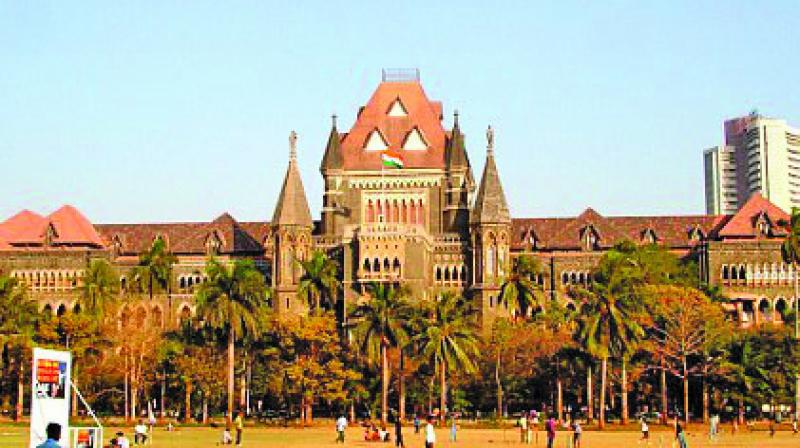
Bombay High Court Warns Against Blind Use of AI in Tax Cases
Court Quashes ₹27.9 Crore Tax Assessment Based on Non-Existent AI-Generated Case Laws
Judges Stress Natural Justice and Human Verification in the Age of Artificial Intelligence
By Our Legal Correspondent
New Delhi: November 04, 2025 – In a landmark ruling that blends law, technology, and fairness, the Bombay High Court has strongly cautioned tax authorities against blindly relying on Artificial Intelligence (AI) outputs in income tax assessments. The Court quashed a massive ₹27.91 crore tax order after finding that the assessing officer had based the decision on non-existent, AI-generated case laws.
The judgment, delivered by a division bench of Justice B.P. Colabawalla and Justice Amit S. Jamsandekar, is being seen as a wake-up call for government agencies and professionals increasingly using AI tools in legal and financial matters.
The Case: KMG Wires Pvt. Ltd. vs NFAC
The case involved KMG Wires Pvt. Ltd., which had been assessed by the National Faceless Assessment Centre (NFAC) under Section 143(3) read with Section 144B of the Income Tax Act, 1961. The NFAC increased the company’s assessed income from ₹3.09 crore to ₹27.91 crore, citing three judicial precedents.
However, when the matter reached the High Court, it was revealed that the so-called precedents were completely non-existent. They had been generated by AI tools and presented as genuine case laws. The judges noted that this amounted to a complete breach of natural justice, as the taxpayer had been denied a fair hearing based on fabricated references.
Court’s Observations
- AI cannot replace human judgment: While AI can assist in research, quasi-judicial authorities must cross-verify all AI-generated results before relying on them.
- Violation of natural justice: Using fake case laws without giving the assessee a chance to respond was unfair and unlawful.
- Need for accountability: Tax officers must exercise their quasi-judicial powers responsibly, with fairness and due diligence.
The Court set aside the assessment order, the demand notice under Section 156, and penalty proceedings under Section 274 read with Section 271AAC. The matter was remanded back for a fresh and fair hearing.
Wider Implications
- For taxpayers: Relief and protection against arbitrary assessments based on unreliable AI outputs.
- For tax officers: A strong warning that reliance on unverified AI-generated content could amount to professional misconduct.
- For policymakers: Urgent need for clear guidelines on the use of AI in legal and financial decision-making.
Similar Cases and Growing Concerns
This is not the first time courts have flagged concerns about AI misuse. Globally, there have been instances where lawyers and officials submitted AI-generated case citations that turned out to be fabricated.
In India, the Bombay High Court’s ruling is one of the first to directly address the risks of AI “hallucinations” in tax adjudication. Legal experts believe this judgment will influence future cases and encourage stricter verification protocols.
Expert Reactions
- Chartered Accountants: The ruling restores confidence among taxpayers who fear arbitrary assessments.
- Lawyers: The decision reinforces the principle that “justice must not only be done but must also be seen to be done.”
- Technology Experts: While AI can speed up research, it remains prone to errors and must always be subject to human oversight.
The Balance Between AI and Human Oversight
The ruling underscores a vital lesson — AI is a tool, not a decision-maker. In sensitive areas like taxation and law, human verification is essential. The Court’s message is clear: technology should support justice, not undermine it.
Conclusion
The Bombay High Court’s decision to strike down a ₹27.91 crore tax assessment based on fake AI-generated case laws is a milestone in Indian jurisprudence. It protects taxpayers from unfair treatment, reinforces the principles of natural justice, and sets a precedent for cautious use of AI in governance.
As India embraces digital transformation, this ruling reminds us that fairness, accountability, and human judgment must remain at the heart of justice.